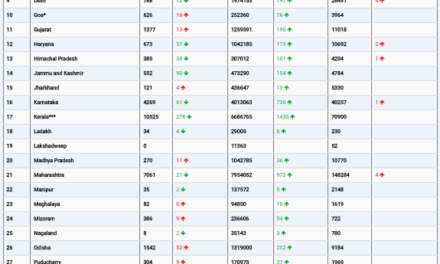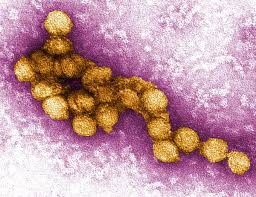A groundbreaking study led by researchers at the Massachusetts Institute of Technology (MIT) has revealed promising insights into the potential use of nanoparticles to enhance the effectiveness of vaccines. Published today in Science Advances, the study suggests that metal organic framework (MOF) nanoparticles could provoke a strong immune response, potentially aiding in the development of new vaccines, including those against COVID-19.
Vaccines often contain fragments of viral or bacterial proteins along with adjuvants to boost the immune system’s response. Traditional adjuvants include aluminum salts, but the MIT team explored the use of MOF nanoparticles as an alternative. These nanoparticles can activate the innate immune system through toll-like receptors (TLRs), contributing to a robust immune response.
Lead study author Shahad Alsaiari, along with senior authors Ana Jaklenec and Robert Langer of MIT’s Koch Institute for Integrative Cancer Research, collaborated with Dan Barouch from Beth Israel Deaconess Medical Center to investigate the potential of MOF nanoparticles in vaccine delivery.
The study focused on a specific MOF called ZIF-8, which showed promise in boosting immune responses. By embedding the SARS-CoV-2 receptor-binding protein (RBD) within ZIF-8 particles, the researchers observed enhanced immune activation in mice. These particles, approximately 100 to 200 nanometers in diameter, efficiently delivered the viral protein and activated TLR pathways, leading to increased production of cytokines and inflammation-related molecules.
The findings suggest that ZIF-8 nanoparticles not only deliver vaccine components but also act as adjuvants, eliciting specific and potent immune responses. Mice vaccinated with ZIF-8 particles carrying the viral protein exhibited a much stronger response compared to those receiving the protein alone.
While further research is needed to assess safety and scalability for large-scale manufacturing, the study opens doors for the development of nanoparticle-based vaccines. If successful, these vaccines could offer advantages over mRNA vaccines in terms of cost-effectiveness and accessibility, particularly in pandemic scenarios.
“Subunit vaccines have been around for a long time, and they tend to be cheaper to produce, so that opens up more access to vaccines, especially in times of pandemic,” commented Ana Jaklenec, underscoring the potential impact of nanoparticle-based vaccines on global vaccine access.
The study’s findings pave the way for future research in developing nanoparticle-based vaccines, with the aim of enhancing vaccine potency and accessibility. As the world continues to combat infectious diseases, innovative vaccine technologies offer hope for more effective disease prevention and control strategies.











